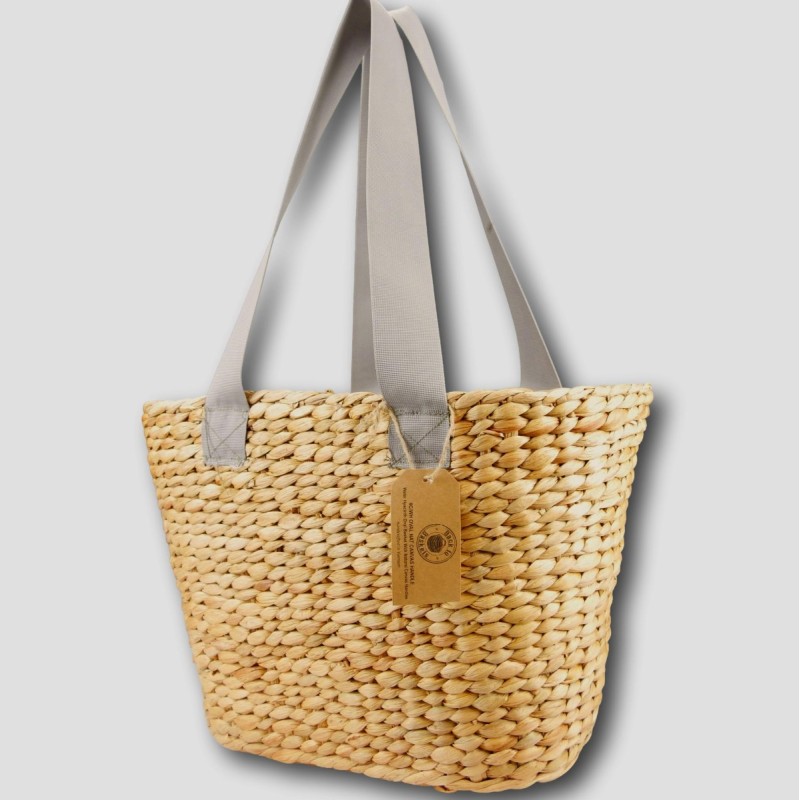When you think of a gift hamper, you might picture a glossy cardboard box filled with chocolates and wine, the kind that looks like it was designed by a Fortune 500 marketing team. But in Melbourne, a new wave of hampers is turning that image on its head—replacing plastic liners and stiff cardboard with biodegradable, upcycled, and locally sourced materials. If you’re looking to make a statement that’s both thoughtful and planet‑friendly, this article will guide you through why eco‑friendly packaging matters, how to spot a truly sustainable hamper, and where to find the best options in the city.

Why eco‑friendly packaging matters in Melbourne
The environmental cost of traditional hampers
Every year, millions of hampers are shipped across Australia, and a sizeable chunk of that waste ends up in landfills. Traditional packaging—think thick cardboard, plastic clings, and faux‑wood panels—contributes to deforestation, micro‑plastic pollution, and a carbon footprint that would make a kangaroo blush. In a city that prides itself on being a leader in sustainability, continuing to use these materials feels like waving a white flag in the middle of a climate rally.
Consumer awareness and brand reputation
Do you ever wonder why a small boutique in Fitzroy suddenly outsold a national chain? The answer often lies in authenticity. Melbourne shoppers are increasingly eco‑conscious, and they reward brands that show genuine commitment to the environment. “People want to feel they’re part of a larger purpose, not just buying a product,” says sustainability consultant Maya Patel. Click here! A hamper that comes in recyclable or compostable packaging signals that the brand cares, which can translate into repeat business and word‑of‑mouth buzz.
What makes a hamper truly eco‑friendly?
Materials that matter
- Recycled paper and cardboard – 100% post‑consumer waste, often certified by FSC or PEFC. Bamboo or cork – fast‑growing, renewable, and naturally antibacterial. Plant‑based inks – soy or vegetable inks instead of petroleum‑based options. Biodegradable liners – made from corn‑starch or mushroom‑based mycelium.
When a hamper’s components are sourced responsibly, the entire lifecycle—from production to disposal—becomes greener.
Design and durability
A hamper that is sturdy enough to hold its contents but flexible enough to be reused is a win-win. Look for:
- Modular construction – pieces that can be reassembled for different occasions. Natural dyes – avoid toxic pigments that leach into food. Minimalist aesthetics – less material, more style.
A well‑designed eco‑hamper is like a Swiss Army knife: it serves multiple purposes without compromising on elegance.
Melbourne’s leading eco‑friendly hamper suppliers
Local artisan brands
- Green Basket Co. – uses reclaimed timber and locally sourced honey. EcoGifts Melbourne – specializes in vegan chocolate and organic tea blends. Sustainable Sweets – offers custom hampers with biodegradable parchment wraps.
These brands blend local flavor with global standards, ensuring that every hamper feels like a small piece of Melbourne itself.

Sustainable sourcing and certifications
When shopping, keep an eye out for:
- B Corp certification – guarantees social and environmental performance. Fair Trade logos – ensures ethical treatment of producers. Carbon neutral stamps – shows the brand offsets its emissions.
A hamper that carries one or more of these stamps is a badge of honor for both the giver and the planet.
How to choose the right hamper for your occasion
Matching the gift to the recipient
- Corporate clients – go for sleek, minimalist designs with premium, ethically sourced snacks. Family celebrations – choose bulkier hampers filled with artisanal cheeses, organic fruit, and a bottle of biodynamic wine. Personal milestones – custom hampers with a handwritten note and a small plant can make a lasting impression.
Remember, the packaging should complement the contents, not overpower them.
Budgeting without compromising sustainability
Eco‑friendly doesn’t have to mean expensive. A quick comparison of three local suppliers shows that you can find high‑quality hampers in the $70–$120 range. Look for:
- Seasonal promotions – many brands offer discounts during off‑peak times. Bulk orders – ordering five or more hampers often reduces per‑unit cost. DIY add‑ons – a small, hand‑stitched pouch or a locally printed card can elevate the look without breaking the bank.
Tips for packaging and presenting your eco‑friendly hamper
DIY finishing touches
- Hand‑woven twine – gives a rustic look while being biodegradable. Natural wax seal – adds a touch of elegance and keeps the contents fresh. Seed‑paper tags – when planted, they sprout herbs or flowers.
These simple steps can transform a plain hamper into a memorable experience.
Adding a personal touch
- Custom recipe cards – printed on recycled paper, paired with locally sourced ingredients. Miniature plant – a succulent or herb that can thrive in the recipient’s kitchen. Digital thank‑you – a QR code that leads to a thank‑you video or a sustainability pledge.
It’s the little extras that often make the biggest impact.
Making your selection count
Choosing an eco‑friendly hamper in Melbourne is more than a transaction; it’s a statement. It says that you care about the planet, about local artisans, and about the people you’re gifting. When you hand over a hamper that’s thoughtfully packaged, you’re giving not just a bundle of goodies but also a piece of your values.
So, next time you’re planning a gift, ask yourself: “Is this hamper a reflection of the change I want to see?” If the answer is yes, head to one of the local suppliers, pick a design that speaks to you, and let the gift do the talking. Your recipient will appreciate the care, and the planet will thank you in return.